The start-up founders of MEYSENS (formerly known as Toposens) from Munich are developing 3D ultrasound sensors to give machines and homes the power of echolocation. This technology will also be important for autonomous driving.
Something unusual is underway in a back-courtyard office in Munich. Alexander Rudoy stands in front of a laptop and tracks the movements on screen. A shiny green coordinate system can be viewed against a black background, recalling geometry classes at school: three axes open up a three-dimensional space. Three objects move inside, appearing as green spots of different sizes.
This process playing out on German start-up MEYSENS premises is intended to grant “vision” to machines, buildings and robots. The two entrepreneurs are testing how well hardware and software can collaborate. “You can imagine the screen as a car’s field of vision, the two bottles as other cars on the road and the pipe as a person at the edge of the roadway,” explains the system’s inventor, Alexander Rudoy. The technology behind this is located in a box about the size of two small smartphones, one on top of the other. Since then, development has been going on. In June 2018, the sensor came onto the market much smaller - weighing about 20 grams and the size of a matchbox - and could also be supplied in larger quantities.
Like echolocation among bats
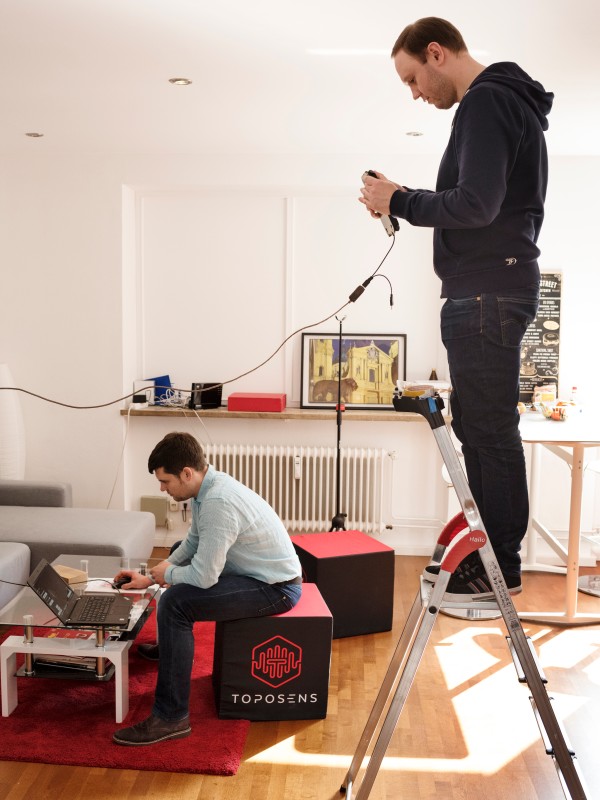
The business that started life in various shared flats has now got its own 150 m2 office.
The 3D ultrasound sensors that have been developed operate like echolocation among bats. They send out signals, evaluate the echo that comes back and can precisely detect where in a given space people, animals or objects are located in real time. When installed in cars, the sensor system can facilitate autonomous driving, parking or automatic door opening. It can be used to save energy in residential buildings or industrial facilities by only heating spaces that are occupied. Thanks to the sensors, firefighters responding to a call can find out which rooms contain people.
Compared with existing, one-dimensional ultrasound sensors, MEYSENS’ innovative sensor system has a significant advantage: it analyses the environment in three dimensions. In addition, the MEYSENS technology does not collect any personal data, an important consideration in terms of privacy and data protection. Instead, anonymous movement data is recorded.
The offices at Munich-based start-up MEYSENS can get pretty lively. Staff here get to think, tinker with tools, debate and have fun.
Dream of robotic fish leads to business idea
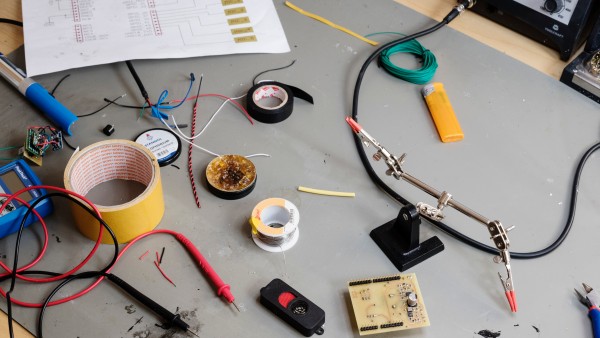
Tinkering at work
The Munich-based start-up's offices are not only used for brainstorming, they also serve as a tinkering workshop.
It was Alexander Rudoy who started to experiment with ultrasound seven years ago. At the time, the skilled communications technician was studying mechatronics and precision engineering at Munich University of Applied Sciences, and dreamed of having a unique robot – a mixture between a toy and a pet. “I came up with the idea of building a robotic fish that would be controlled via electromagnetic fields,” he recounts. He intended for it to look lively and move in water like a goldfish, but to need neither feed nor fresh water. “There was no sensor system suitable for it, so I started to develop an algorithm myself,” Rudoy adds. For three years, he wrote a simulation, programming on his laptop at every moment he had free. In fact, Rudoy never finished building the robotic fish, but developed a business idea for it: His algorithm became MEYSENS’ key technology.
Shortly before completing his studies in 2014, Rudoy went to the university’s business incubator to seek advice. By chance, he met fellow student Rinaldo Persichini there (known to everyone as Aldo). Aldo also had an idea. “But Alex’s was better,” he ventures: “I gave up on mine and we worked together to develop his further.” For weeks, the two engineers tinkered away in a flatshare to make the first prototypes. It became clear to them that they required some business acumen if they wanted to build a company properly. So they took the stage at a conference for start-up entrepreneurs, sharing their vision and their search for a management expert. Tobias Bahnemann was sitting in the audience and was instantly convinced. “The Fourth Industrial Revolution is a huge topic for the future,” Bahnemann states. The 29-year-old had just moved from Münster to Munich with his girlfriend and was looking for a job following his degree in business administration. He approached the two engineers, after which point everything moved at lightning pace.
In 2015, the young professionals founded the then Toposens, and received the EXIST Business Start-up Grant from Germany’s Federal Ministry for Economic Affairs and Climate Action and the European Social Fund. At first, they worked from home and coordinated over Skype, before moving together into a small space in the business incubator building.
The location looks exactly how one might imagine a start-up to look. The premises contain a seating area, a kitchen unit, a refreshment bar and (often) an experimental set-up like the one with the bottles and drainpipes to test out the technology. Straight ahead in the developers’ office, tables are pushed together to form an island, with mountains of cables and tools next to the monitors and keyboards. A 3D printer sits in an open cabinet. Even more tools and small parts fill the table against the wall.
Co-founder Alexander Rudoy explains: “My goal was always to start up a company.” As a result, the division of labour was clear from the outset. While Rudoy works to improve the core technology, Bahnemann attends to business operations. Both are Managing Directors.
A small test lab is located next to the developers’ office. The front section of a car is suspended on the back wall, with its bumper and body wired up. Rods of differing heights have been placed in front of it, with polystyrene heads on the end which can be moved back and forth, as with the bottles and pipe on the floor. “This allows the engineers to simulate situations without constantly needing extras for back-up,” Bahnemann explains, laughing. He cannot reveal what exactly is under development here at the moment, only that “these are preliminary developments for autonomous driving and the question of how a car senses its surroundings.” Customers include BMW, Daimler and Porsche. “Our vision is to be the world’s leading provider of 3D sensor systems,” Alexander Rudoy says, adding that “one day, that robotic fish will swim in our lobby.”
Followed up
MEYSENS had further developed its core technology in recent years. The focus was exclusively on robotics and automotive. The application in residential buildings and industrial plants was not pursued further. A new addition is a tracking system. This is based on the ultrasonic sensor and enables the determination of an object in three-dimensional space. This function enables robots to find the charging station again, for example.
In 2023, Mey Industry, the subsidiary of WEBASTO's main shareholder Gerhard Mey, took over the business operations and the Topesens employees. The newly founded MEYSENS GmbH has since been managed by Alexander Rudoy, co-founder and originally CTO. The other co-founder and former CEO, Tobias Bahnemann, remains available as an advisor.
Published on KfW Stories: 11 September 2018, last updated on 26 July 2023.
The described project contributes to the following United Nationsʼ Sustainable Development Goals
Goal 9: Build resilient infrastructure, promote sustainable industrialization and foster innovation
Non-existent or dilapidated infrastructure hinders economic efficiency and thus engenders poverty. When building infrastructure, the focus should be on sustainability, for example, by promoting environmentally-friendly means of transport. Factories and industrial facilities should also ensure that production is in line with ecological aspects to avoid unnecessary environmental pollution.

All United Nations member states adopted the 2030 Agenda in 2015. At its heart is a list of 17 goals for sustainable development, known as the Sustainable Development Goals (SDGs). Our world should become a place where people are able to live in peace with each other in ways that are ecologically compatible, socially just, and economically effective.

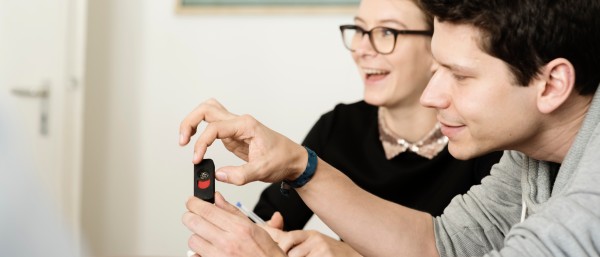
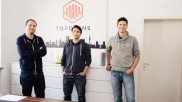
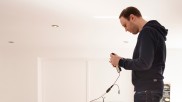
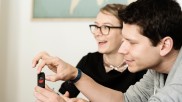
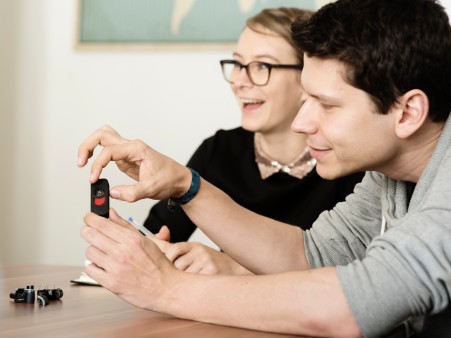
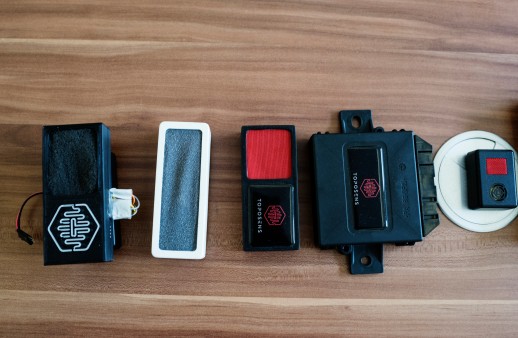
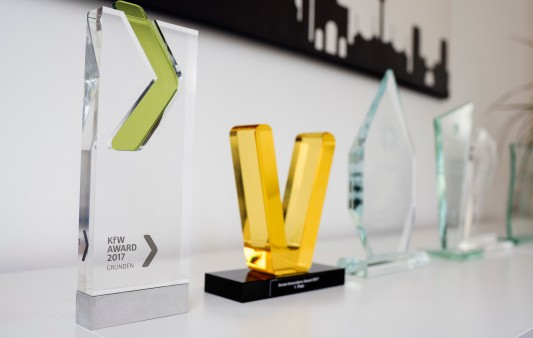



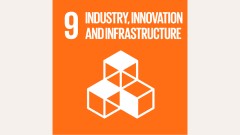

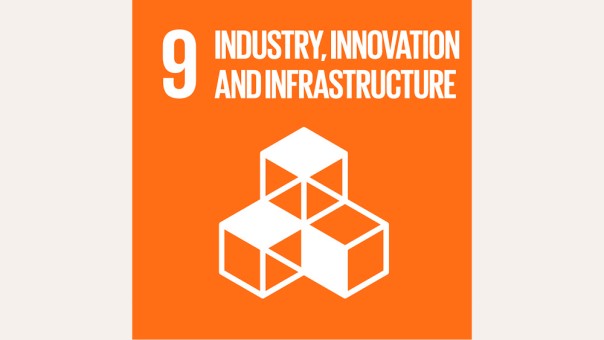

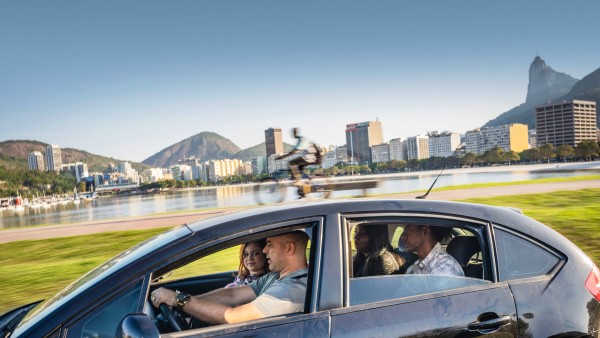
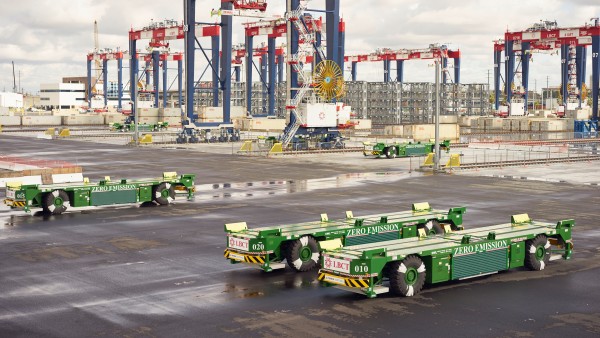
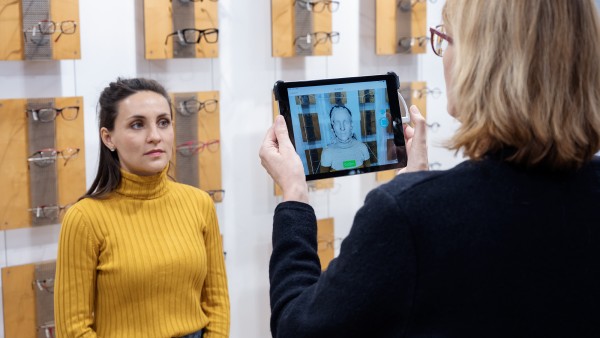
Data protection principles
If you click on one of the following icons, your data will be sent to the corresponding social network.
Privacy information